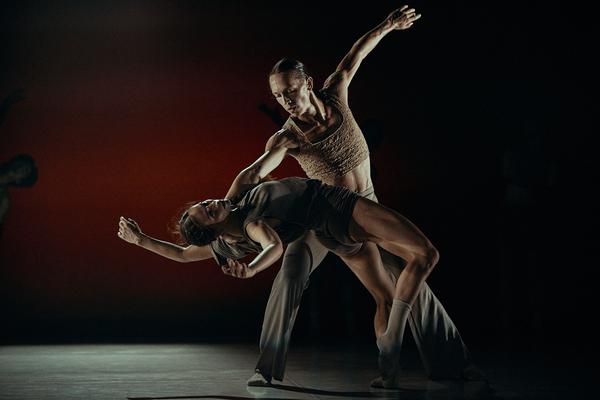Dance Review
•
4th April 2024
Review: The Tragedy of Hamlet, Prince of Denmark (Côté Danse, Ex Machina, and Show One Productions)
Opening tonight at the gorgeous Elgin Theatre, The Tragedy of Hamlet, Prince of Denmark, presented by Côté Danse, Ex Machina, and Show One Productions, is a wordless dance spectacle that captivates from start to finish. Choreographed and co-designed by Guillaume Côté and directed and designed by Robert Lepage, this production beautifully demonstrates that words are not necessary to convey the essence of this timeless Shakespearean tale. I attended a preview of the work last night, and it exemplifies the power of creative collaboration. From the music to the choreography, direction, and cast’s performances, each element is beautifully crafted to tell the tale.
![]()


























